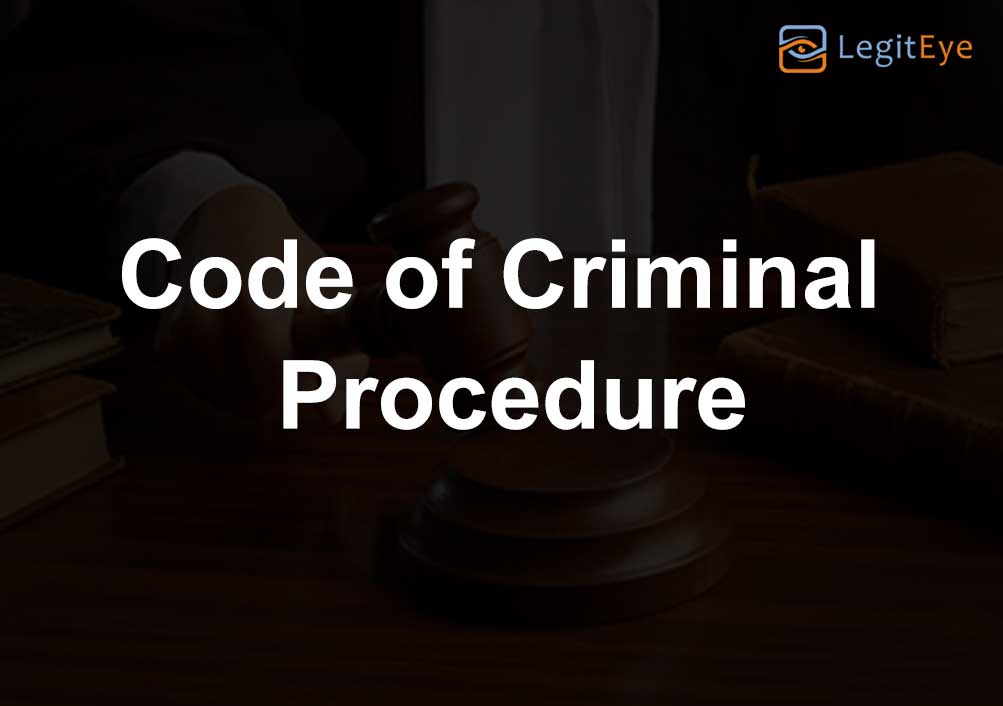It is obligatory on part of accused while being examined u/s 313 CrPC, to furnish some explanation with respect to incriminating circumstances associated with him: P&H HC

Read Order: Virender v. State of Haryana
Tulip Kanth
Chandigarh, January 21, 2022: The Punjab and Haryana High Court has observed that it is obligatory on the part of the accused while being examined under Section 313 of Cr.P.C. to furnish some explanation with respect to incriminating circumstances associated with him and the Court must take note of such explanation even in a case of circumstantial evidence to decide as to whether or not the chain of circumstances is complete.
The Division Bench of Justice Ritu Bahri and Justice Ashok Kumar Verma opined that while dealing with a case of circumstantial evidence, the court must take utmost precaution whilst finding an accused guilty, solely on the basis of the circumstances proved before it.
The appeal in question had been preferred against the judgment of conviction passed by Sessions Judge, Narnaul.
In this case, it was alleged that the appellant-accused tried to commit rape upon a woman named Geeta, and when she resisted the accused inflicted blows on her.She tried to rescue herself but was badly injured and she died on the spot.
Later, when the police officials were informed, they seized the sample of blood-stained earth from the spot besides taking into possession the other articles found lying there. The recovered articles included blood-stained clothes of the appellant-accused and a broken piece of handle of kulhari used by him. The appellant was arrested on the same day and on interrogation, appellant-accused made a disclosure statement and got recovered kulhari used by him.
The Magistrate, in whose Court chargesheet was filed, supplied copies of chargesheet and other documents to the appellant-accused.Then the case was committed to the Sessions Judge as it involved the offences which were exclusively triable by the Court of Sessions.
The Sessions Judge, Narnaul, held the appellant-accused guilty for the offences punishable under Sections 302, 323, 325 IPC and sentenced the appellant-accused to undergo imprisonment .The appellant-accused was acquitted of the charge under Section 376/511 IPC as his complicity regarding the offences punishable under these Sections was not established.
After considering the submissions and evidence, the Division Bench stated that it was not possible to accept the submission that in the absence of a report regarding the origin of the blood found on the kulhari , the accused cannot be convicted, for it was only because of the lapse of time, that the blood could not be classified successfully. Therefore, no advantage could be conferred upon the accused to enable him to claim any benefit, and the report of dis-integration of blood etc. could not be termed as a missing link, on the basis of which the chain of circumstances may be presumed to be broken.
According to the Bench, the most important circumstance for the prosecution was the disclosure statement of the accused and the recovery of weapon of offence consequent upon such disclosure statement.
“In the instant case when examined under Section 313 Cr.P.C., the accused pleaded innocence and further stated that he was not present in his house on the date of alleged occurrence. Some unknown person had caused murder of his daughter Geeta and ran away from the spot leaving kulhari in the street. However, no evidence in his defence was produced by the accused. In other words, the accused has not given any explanation whatsoever as regards the incriminating circumstances put to him under Section 313 Cr.P.C”, said the Division Bench.
The Bench also affirmed that in a case of circumstantial evidence, the prosecution must establish each instance of incriminating circumstance, by way of reliable and clinching evidence, and the circumstances so proved must form a complete chain of events, on the basis of which, no conclusion other than one of guilt of the accused can be reached.
The Court did not have any any doubt that the appellant had made voluntary disclosure statement, which led to the recovery of the weapon of offence i.e. blood-stained kulhari with broken handle which was concealed by him underneath the bushes, which was compared with the broken handle stained with human blood and upon analysis it was found that the broken handle was of the same kulhari, which was got recovered by the appellant-accused.
These aforesaid circumstances, as per the Bench,were sufficient to come to a conclusion that the appellant had committed the murder of the deceased woman and had rightly been convicted and sentenced by the Trial Court.
Sign up for our weekly newsletter to stay up to date on our product, events featured blog, special offer and all of the exciting things that take place here at Legitquest.




Add a Comment